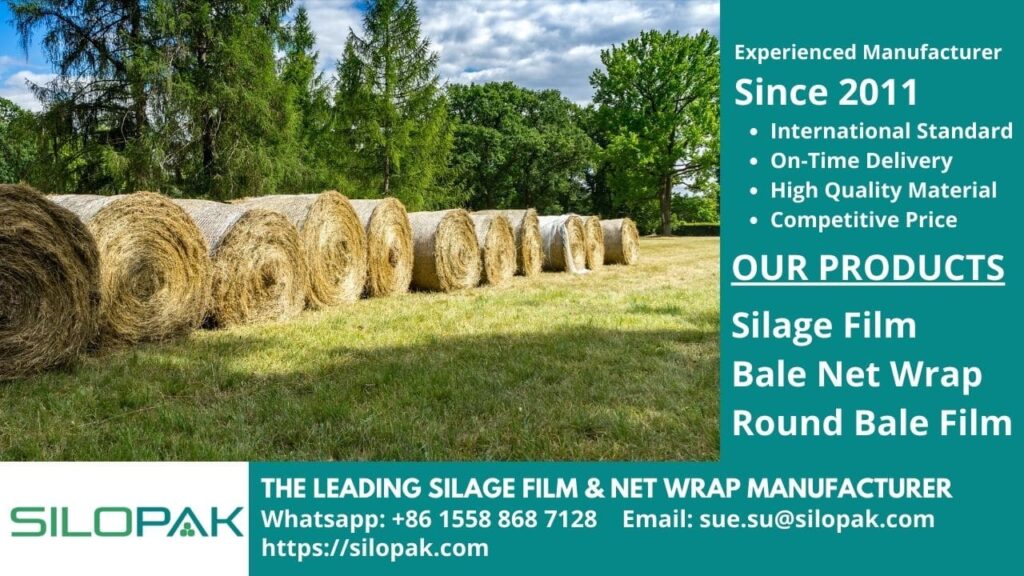
Most ruminants are farmed as livestock for human consumption. The steak you have for dinner, the ground meat in your favorite pie, and those chunks of juicy beef slices flanked between the buns of your burger—all come from animals under the suborder of Ruminantia. We live side by side with these animals, but chances are you don’t know much about them save for the fact that they are grown in a pasture somewhere. So, this time, let’s get to know a little bit more about them, shall we?
Generally speaking, all ruminants are herbivores. They eat plant or plant-based feed. They possess this unique digestive system to help with acquiring nutrients from the things they consume.
Once chewed, the food is stored inside what’s called a foregut. It’s within this part that the food is fermented by gut flora. The animals can regurgitate this fermented stuff back into their mouth for further process by chewing on it all over again. This re-chewing process is called rumination, hence the animals’ suborder name. The word itself is derived from ruminare, a Latin word meaning exactly that: re-chewing.
There are at least 200 species of ruminants known to human beings, both wild and domestic. Domesticated species are known as cattle—a term that covers a wide variety of such animals from cows to sheep to pigs. All members of this category possess hooves on their feet, while the suborder itself encompasses six known families: Bovidae, Cervidae, Moschidae, Antilocapridae, Giraffidae, and Tragulidae.
contents
Digestive System Is What Makes Ruminants Unique
Speaking of their unique digestive system, ruminants typically possess four stomachs, all working in conjunction to break down food consumed and physically chewed in the mouth.
Rumen
The rumen is the first chamber, also known as the foregut. The food chewed in the mouth is stored within this part for the latter process.
Reticulum
The reticulum further breaks food down into smaller parts so the digestive tract can absorb the nutrients easier.
Both rumen and reticulum are similar to one another in many ways. The two look alike in appearance. They even have similar tasks. As such, it will be difficult to tell the two apart from one another just by looking at them. Primary fermentative processes take place within these two chambers of the cattle’s gut. Through fermentation, plant parts composed of cellulose and other complex carbohydrates will be broken down to be absorbed and utilized.
Omasum
The omasum breaks food parts into even smaller particles before entering the next chamber. In the omasum, volatile fatty acids and ammonia are absorbed.
Abomasum
The true gut, the abomasum, releases acids and enzymes to further break things apart chemically.
The digested food is then moved into the small intestine. Here, nutrients are absorbed. Eventually, the food enters the large intestine, where fermentation breaks down fibers with the help of microbes, similar to inside the rumen and reticulum.
Observing the Connection between Ruminants and Fermentative Processes
Understanding the digestive system of the ruminants gives us insight into how the animals acquire the nutrients they need to continue living. It is also important to take note of the relationship between their diet and the process taking place to completely break their food down. Herbivores survive by eating plants, whose structures are composed of fiber material known as cellulose.
Mammals, which a ruminant is a part of, lacks the enzyme cellulase, which is required to break cellulose down. Only through fermentation can it be processed. Acids resulted from the process will digest the fiber and break it down into smaller parts. Smaller particles make it easier for the gut to absorb nutrients. The first two stomachs of cattle contain a dense population of flora, all working toward the same goal: breaking things apart.
Seeing this, it only makes sense that farmers and livestock growers alike feed their cattle with fermented goods. Consuming already-fermented food is beneficial for both the animals and the owners. The cattle will enjoy better food, which helps to strengthen their immune system.
With their immune system fortified, they don’t need as many antibiotics, resulting in healthier meat that’s safe to consume. From the perspective of the farmers, growing ruminants supplied with fermented goods will offer quality results, which results in higher commercial points in the market.
And now, you can feed your ruminants with fresher fermented goods handled safely using Silopak’s film sheet and packaging. Need more information about this? Well, we will be waiting for your inquiries no regardless of their nature.
